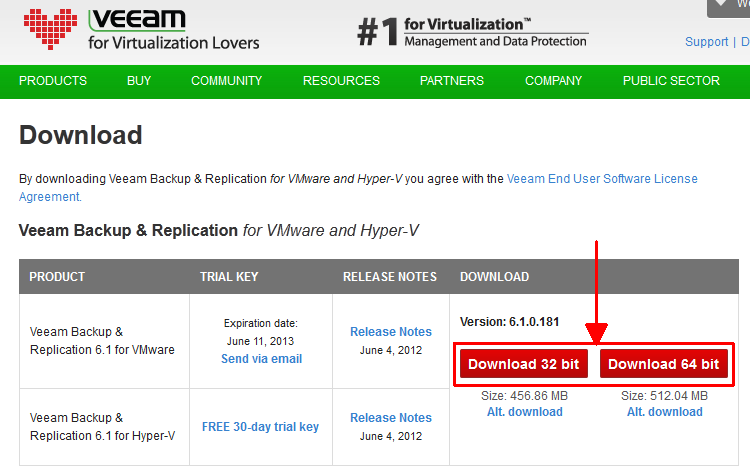VMware vCenter Server Appliance 5.1 (vCSA) Limitations
One of my favorite developments by VMware is the vCenter Server Virtual Appliance (vCSA) as I want to get rid of as much Windows Machines as possible in my environments. It also simplifies the administration because you do not to have to configure and patch another operating system. Unfortunately the vCSA is really rare in a production environment. In my opinion this is caused by the fact that the vCenter Server Appliance always has some limitations, which are often not completely understood.
Here are the limitations from the current version of VMware vCenter Server Appliance 5.1:Read More »VMware vCenter Server Appliance 5.1 (vCSA) Limitations
